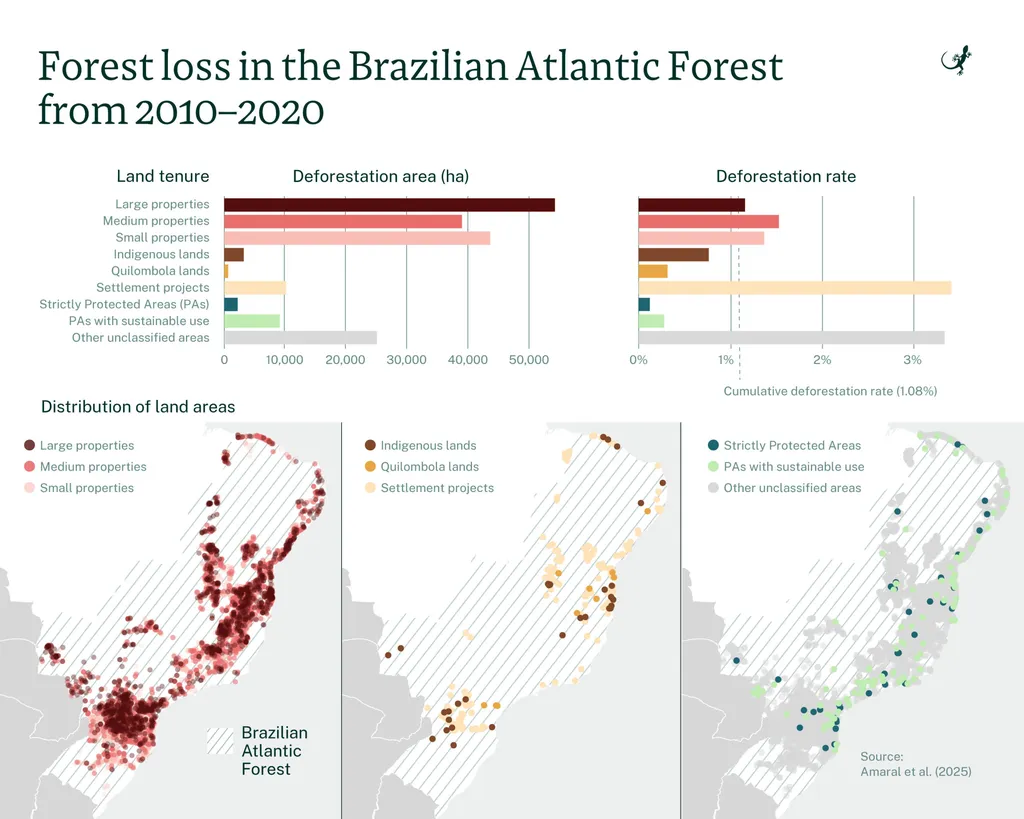In the heart of Brazil’s Atlantic Forest, a groundbreaking study is transforming how we map and manage agricultural landscapes. Researchers, led by Victória Beatriz Soares from the Institute of Geosciences at the State University of Campinas, have developed a novel approach to map banana and peach palm crops in the heterogeneous landscapes of the Ribeira Valley. This region, known for its rich biodiversity and traditional farming systems, presents unique challenges due to its spatial complexity and persistent cloud cover.
The study, published in the journal Agriculture (translated as ‘Agricultura’ in English), focuses on the municipality of Jacupiranga, where over 99% of the agricultural output comes from bananas (Musa spp.) and peach palms (Bactris gasipaes). These perennial crops are not only vital to the local economy but also to the traditional communities that have cultivated them for generations.
The challenge lies in the spatial heterogeneity of the landscape and the spectral similarities between the crops and native vegetation. “Traditional mapping methods often struggle to distinguish between these crops and the surrounding forest,” explains Soares. “This is where our study makes a significant difference.”
By leveraging a time series of vegetation indices from Sentinel-2 imagery, combined with field and remote data, the researchers employed a hierarchical classification method. The Random Forest classifier, fed with 10 m resolution images, enabled the detection of intricate agricultural mosaics typical of family farming systems. This approach improved class separability between perennial and non-perennial crops, as well as between banana and peach palm.
The implications of this research are far-reaching, particularly for the energy sector. Peach palm, for instance, is a crucial source of palm hearts and is increasingly being explored for biofuel production. Accurate mapping of these crops can optimize resource management, enhance sustainable agricultural practices, and support rural development.
“This study is a testament to the power of combining geographic information systems, data analysis, and remote sensing,” says Soares. “It opens up new possibilities for digital agriculture and sustainable development in socio-environmentally important areas.”
As the world grapples with the challenges of climate change and sustainable development, such innovative approaches are crucial. They not only help in preserving biodiversity but also in supporting the livelihoods of rural communities. The research by Soares and her team is a significant step forward in this direction, offering a blueprint for similar landscapes around the world.
The study’s findings could shape future developments in precision agriculture, rural management, and sustainable land use. By providing a clearer picture of where these crops are cultivated, policymakers and farmers can make more informed decisions, ultimately contributing to a more sustainable and resilient agricultural sector.

